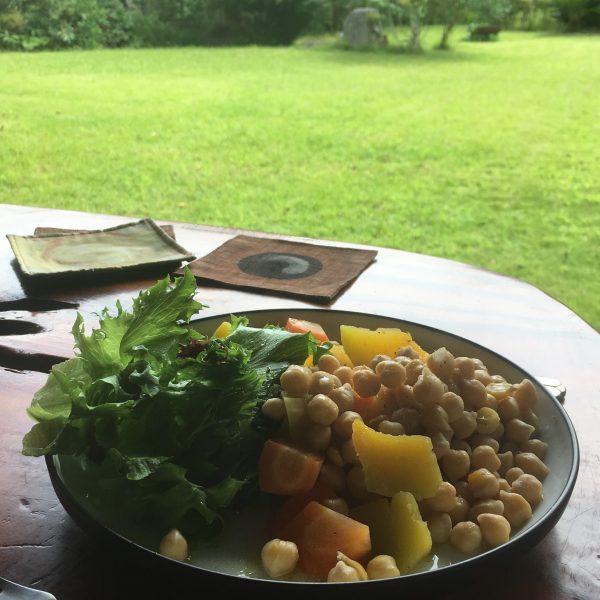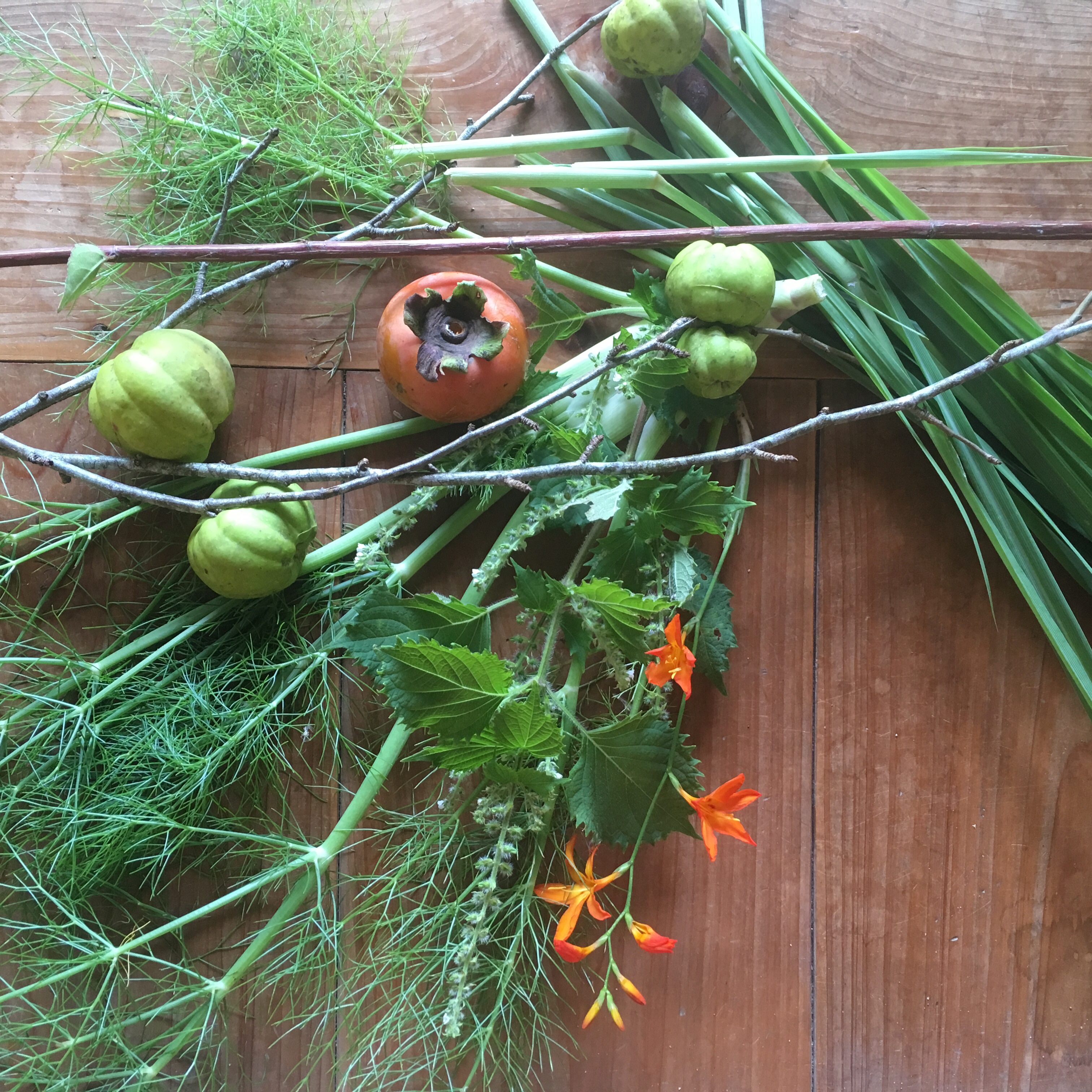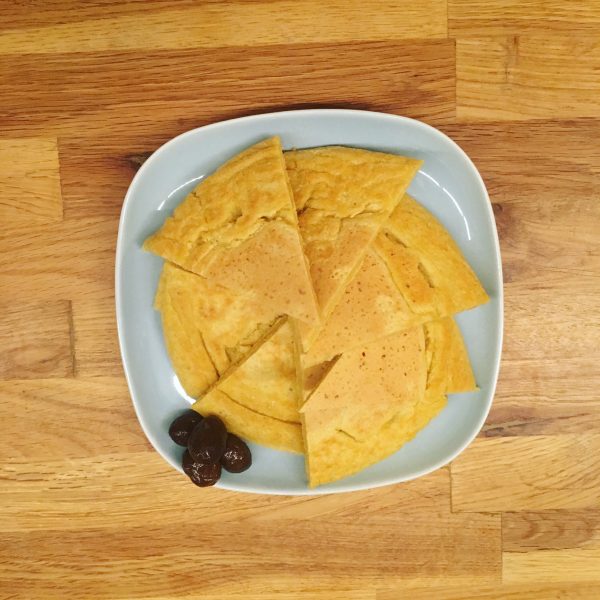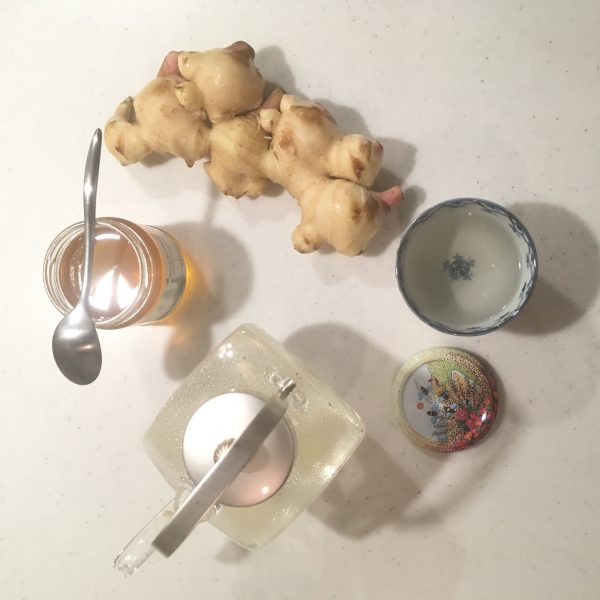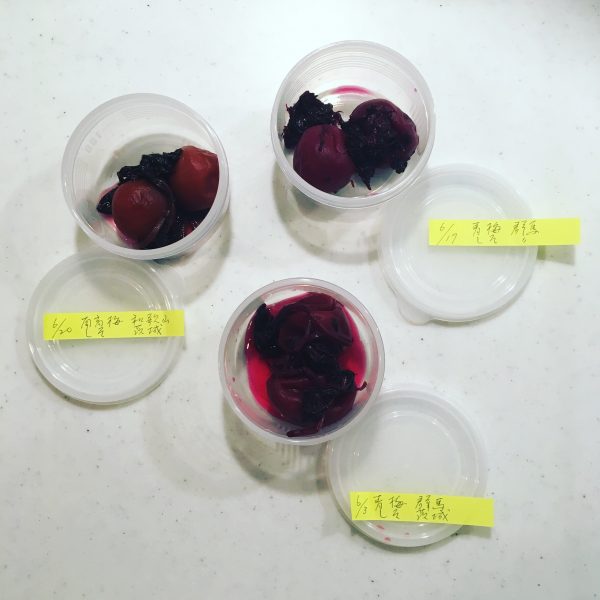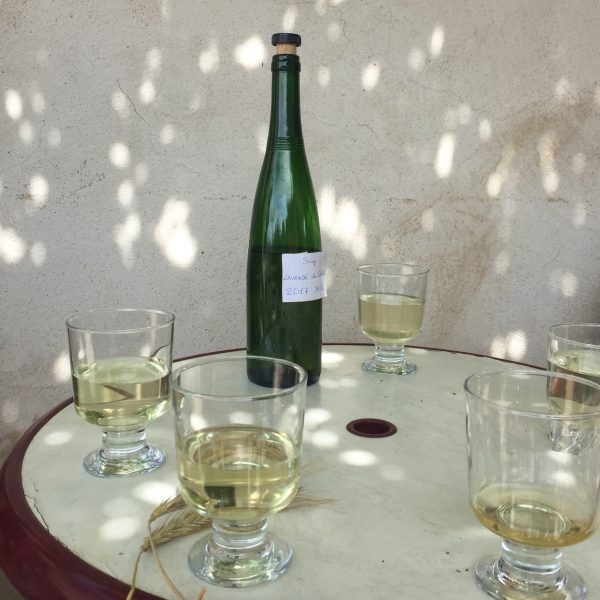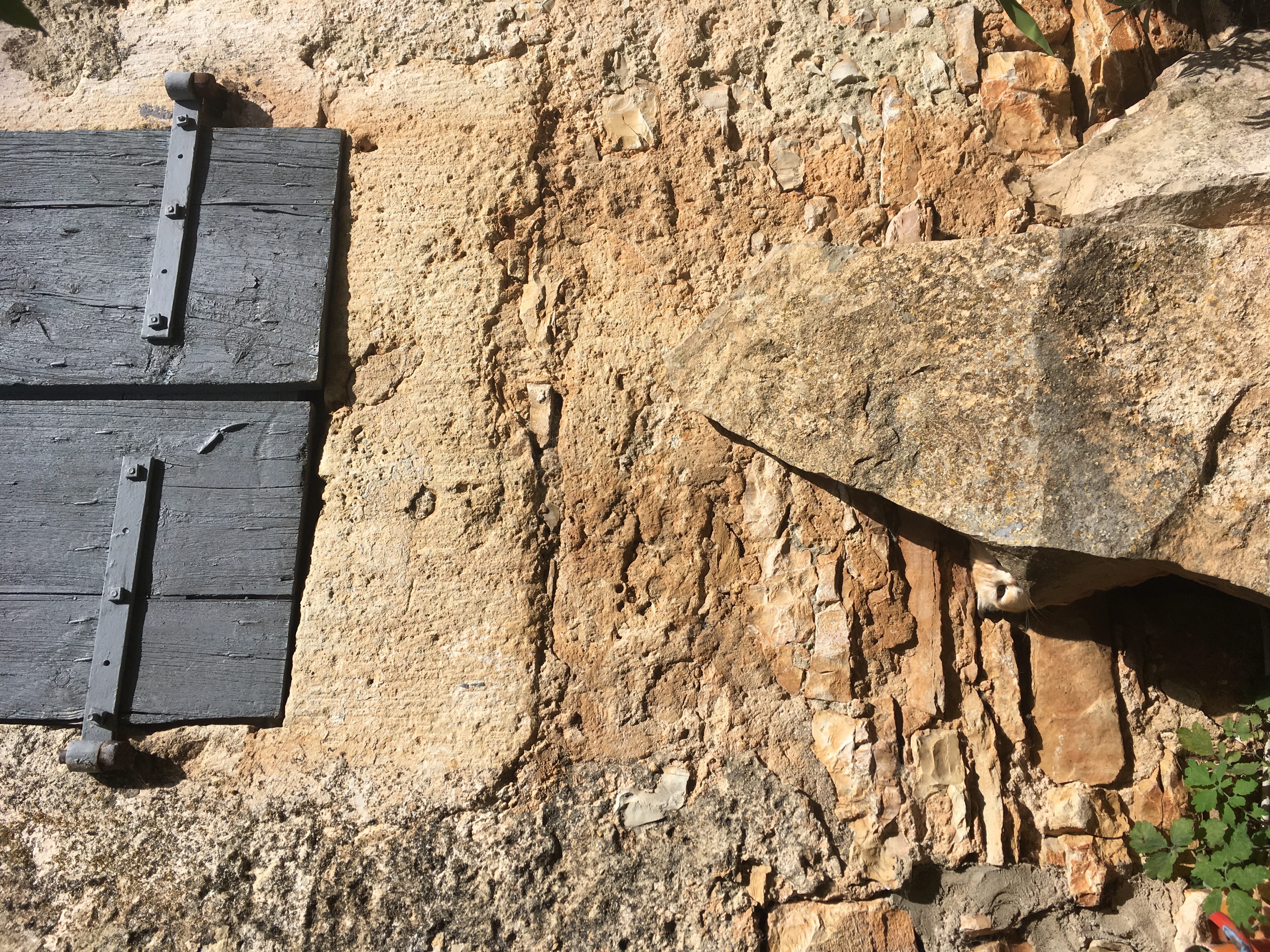Last night I asked A. what he would like for breakfast, or more precisely what kind of bread, brioche etc… ans he said I want an extravagant bread!!! But not extravagant because there are fancy things inside… hum… that didn’t really help so I started kneading a 1/3 whole wheat 2/3 white wheat and decided it would be extravagant in the shape…
With the chilly evenings now and our house rather cold I have tested over the years many options for the first rise of my doughs. If like me your house is not very warm (20-25deg) and your dough has difficulty rising and you don’t want to invest in a machine for that or use your oven and waste energy you have three options:
1. Prepare your dough 6 or 4h earlier than usual and give it enough time to rise. This only work is the temperature is higher than 18.
2. Soak the bottom your bowl in a sink or larger bowl filled with warm water (35-45 deg). Change the water once or twice if your house is really cold.
3. If like in Japan (and like me) you have the habit to take a bath in the evening, keep the dough in the warm bathroom. It’s very nice because the air in the bathroom is very humid usually and it doesn’t dry the top of the dough.
Personally option 2 and 3 are my favorite options and they work 100% of the time. I tried many others that I found in cook books and on internet but they were not as good: drying too much the dough, not very efficient, wasting too much unnecessary energy…
So back to the extravagant bread, after a beautiful rise, I shaped it as a ring. Indeed, I find that the ring is a more extravagant shape than the classic shapes, it gives a good balance between crust and crumbs and it bakes evenly. So ring it was! And A. was satisfied with the result!
While the bread was finishing to bake I just went in the garden to pick some tangerines (we have plenty this year) and breakfast was ready!
Have a good Sunday!!!
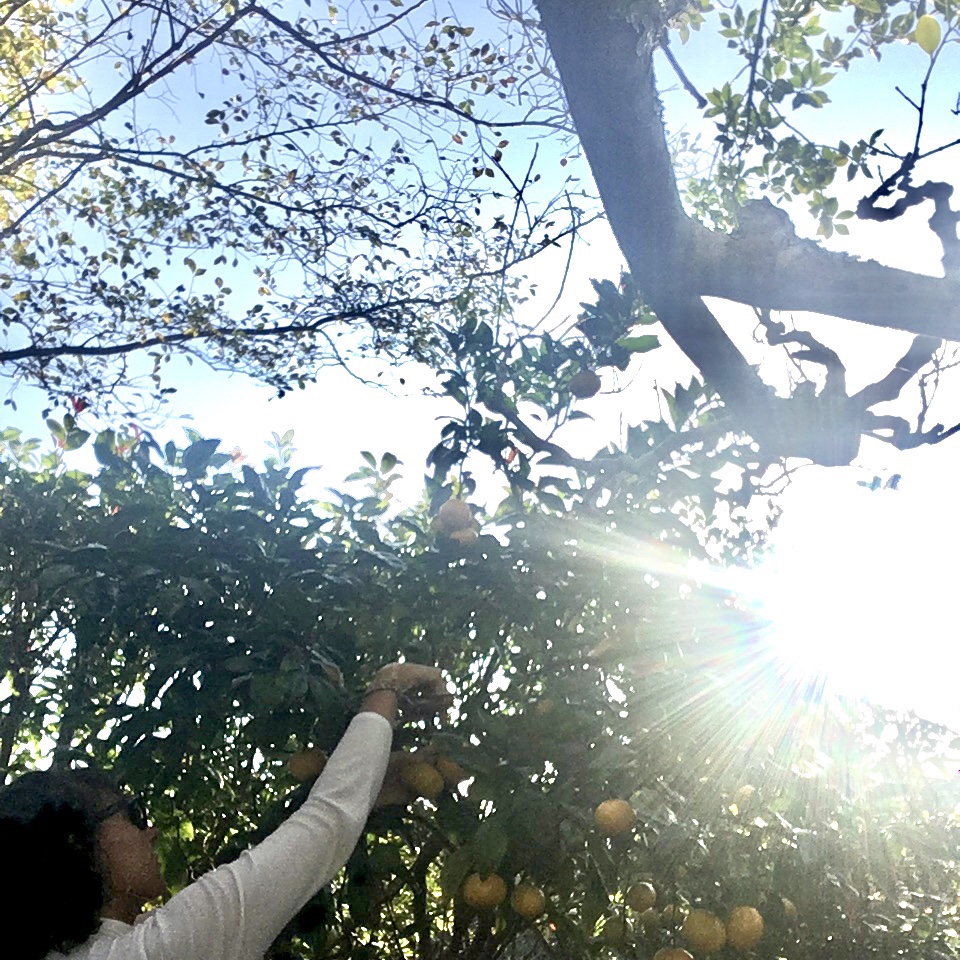
Oh! And the bread shape was perfect to make sandwiches to go for our picnic on the beach after surfing!!! I just prepared an omelet with plenty of greens and a bit of grilled pork.

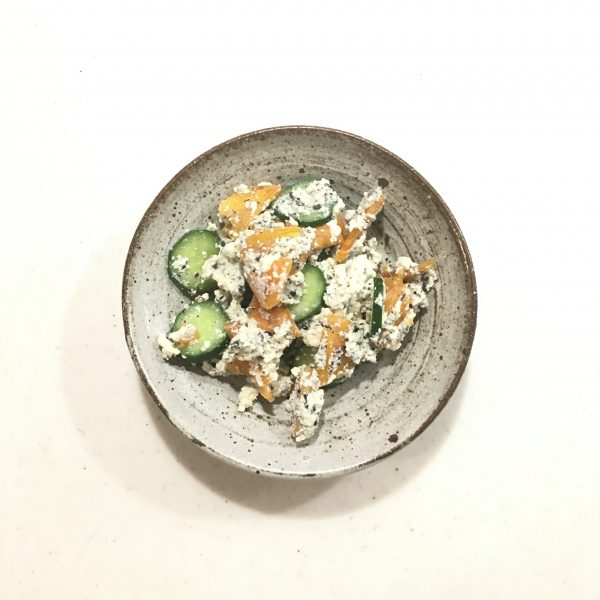

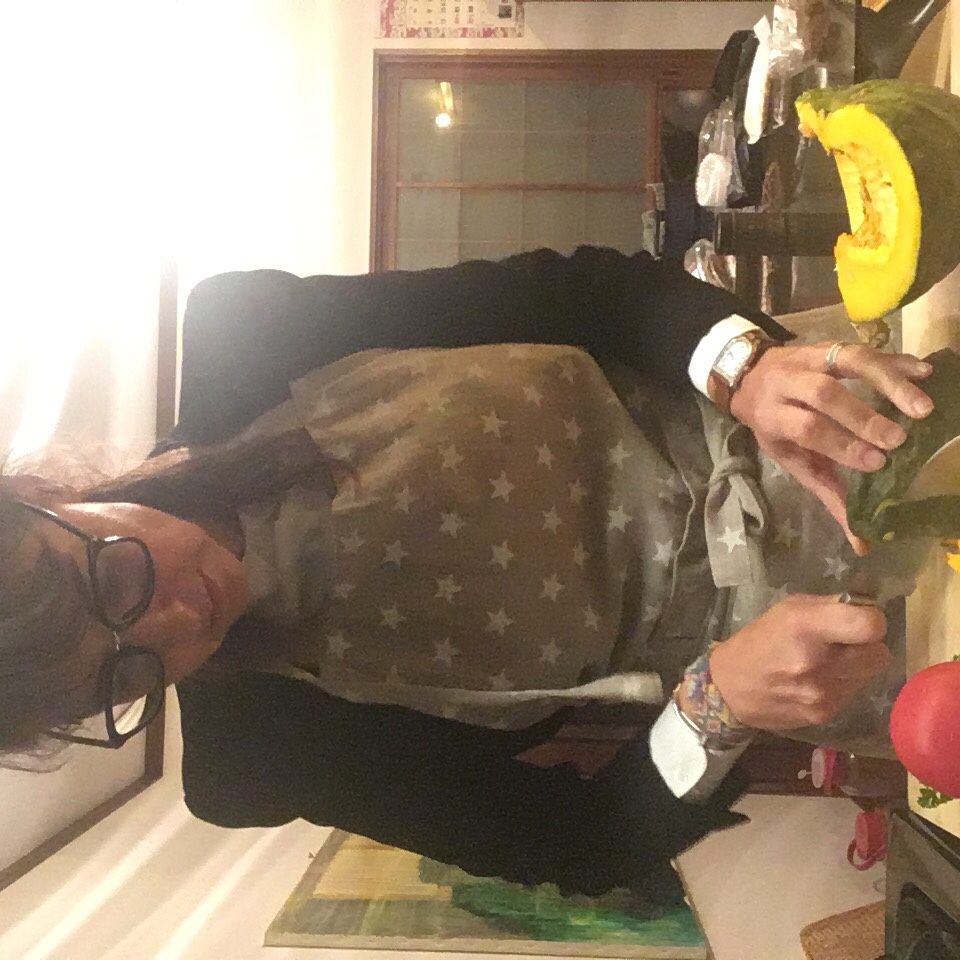 Well I was preparing dinner with the leftover veggies: kabocha and tomatoes. I also picked some fresh parsley in the garden and was thinking about what to do with them when the crave for soba noodles just came. All was decided… And that’s how this recipe of kabocha soba was born. It was so delicious that I really need to share it with you! Moreover because it’s been a while I haven’t shared a proper recipe!!
Well I was preparing dinner with the leftover veggies: kabocha and tomatoes. I also picked some fresh parsley in the garden and was thinking about what to do with them when the crave for soba noodles just came. All was decided… And that’s how this recipe of kabocha soba was born. It was so delicious that I really need to share it with you! Moreover because it’s been a while I haven’t shared a proper recipe!!
